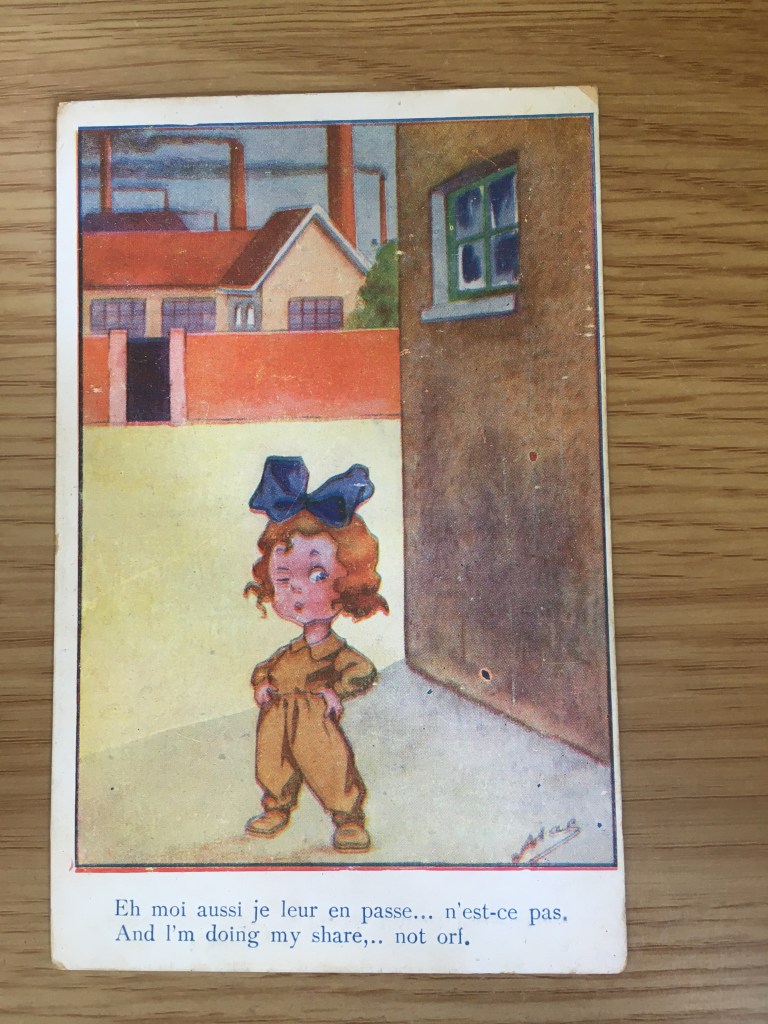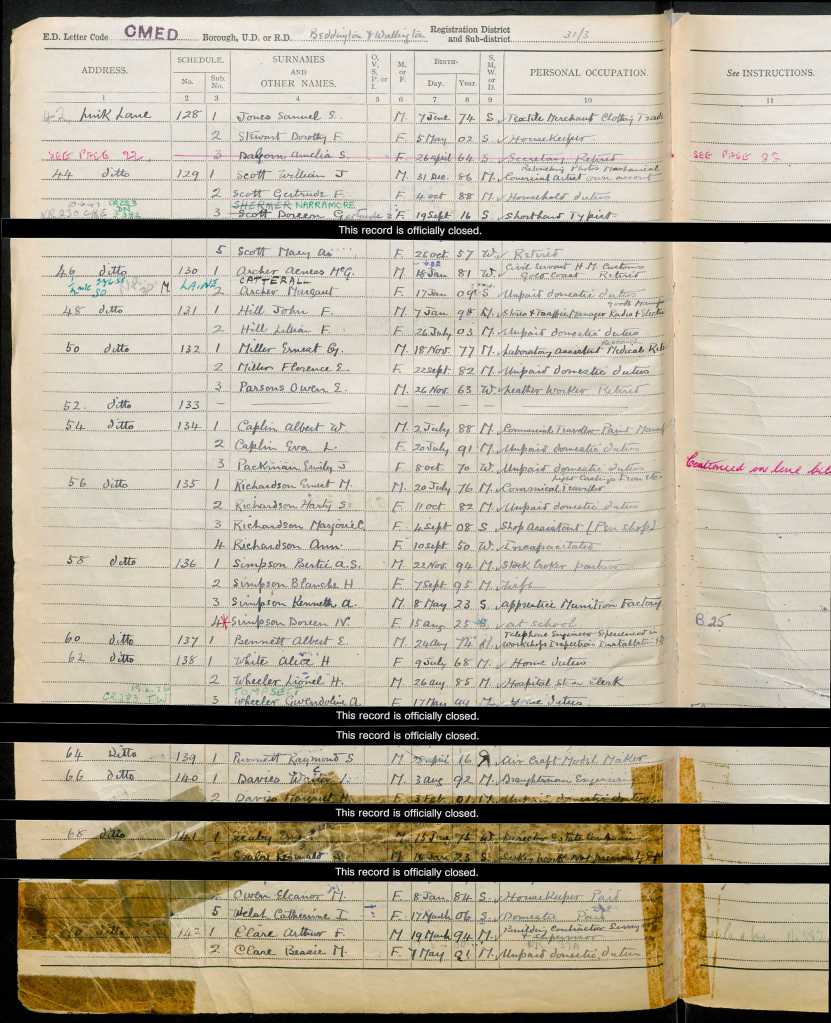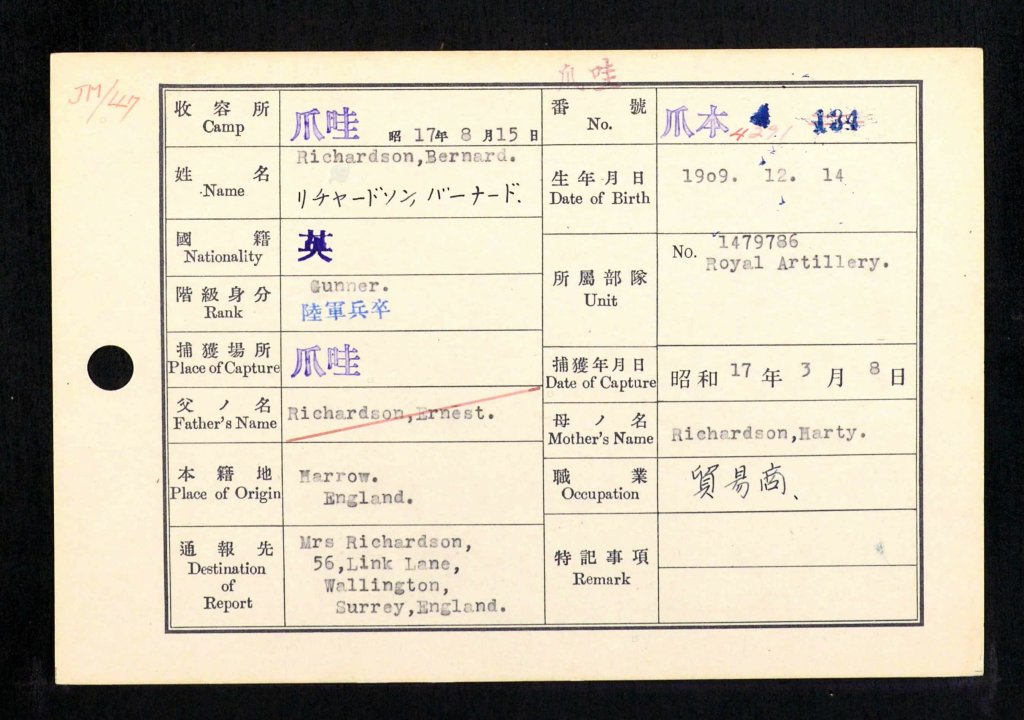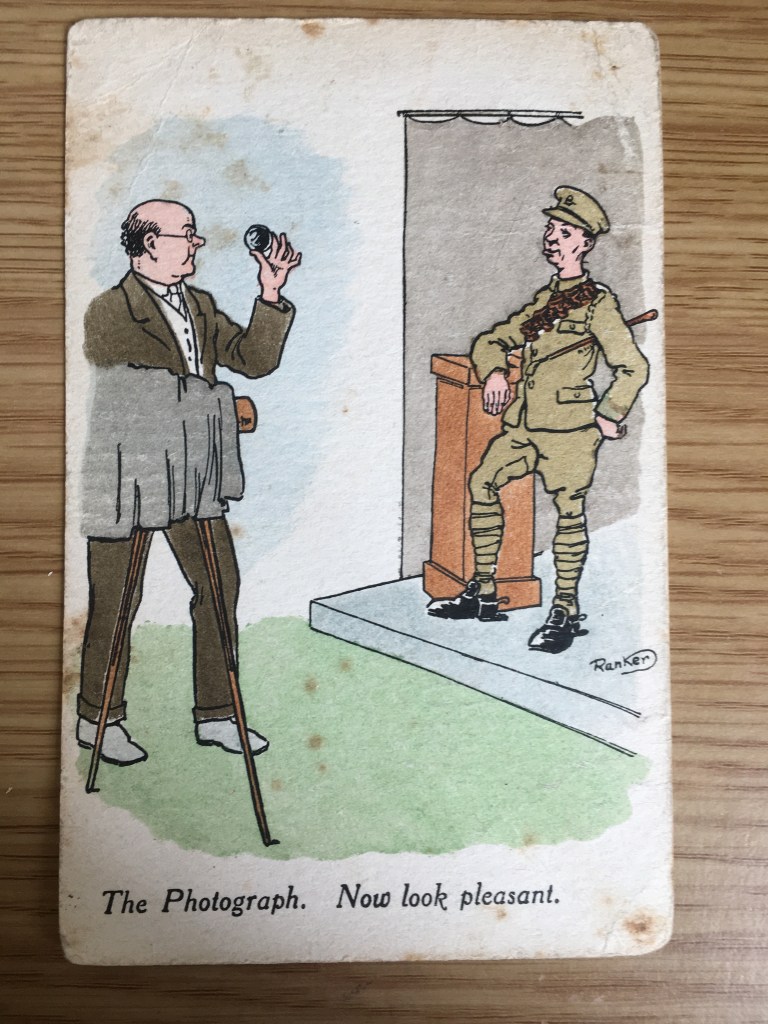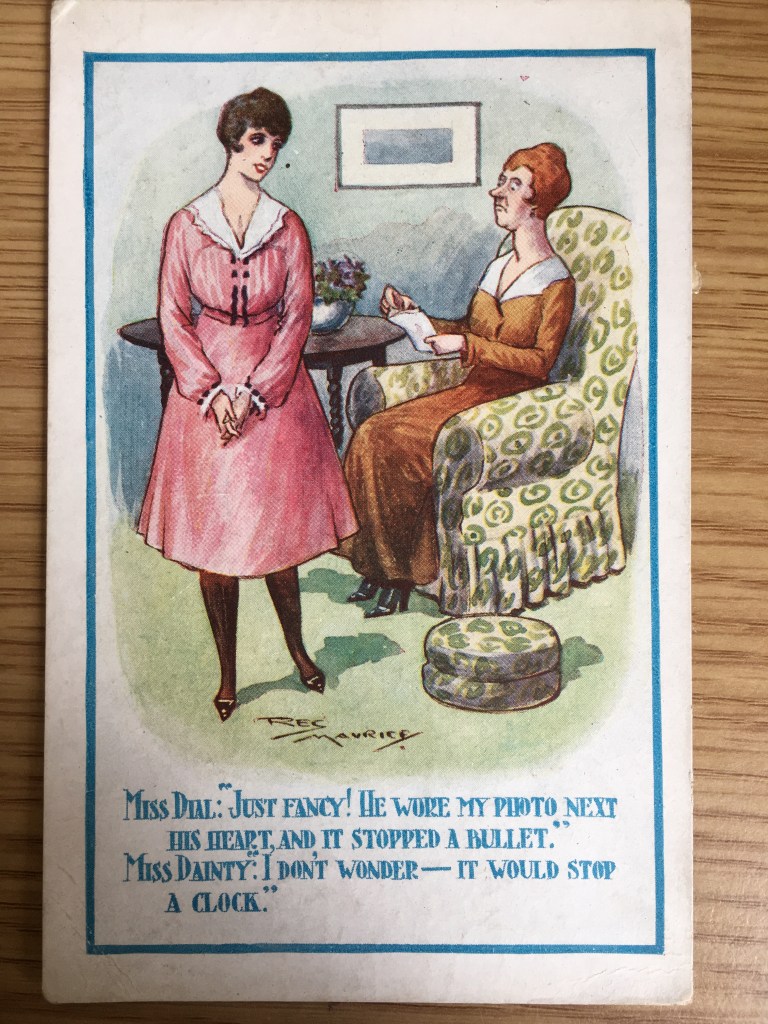
Figure 1: Inside cover of May Byron, The Peek-a-Boos in War Time. Illustrated by Chloe Preston, 1916. Author’s own collection.
I have always had a fascination with childlike illustrations. Depictions of children behaving as adults allows us to consider difficult subjects in less serious or threatening ways, perhaps. Or, is it just that their amusing innocent construct draws us to these types of images, stirring up sentimental memories of childhood? For my BA in History of Design, at the University of Brighton, I wrote an essay about the artist Mabel Lucie Attwell who had been one of my favourite illustrators, ever since I read Charles Kingsley’s The Water Babies as a child. Her prolific legacy of drawings make her one of the most well known of the artists from this period but she was not the only illustrator to use children to amuse, or depict emotional situations. Other artists include Ludgate, Thomas Gilson, Fred Spurgin, Agness Richardson, Evgenie Richards, Mac and Flora White. Included in my collection is a postcard that features an injured soldier returning home; ‘Home from the Front’, (Figure 2) was part of the ‘Khaki Kiddies’ series. In the cartoon the wife, or sweetheart, welcomes home her injured soldier, holding her dolly behind her back, suggesting a surprise new-born. Her husband is bandaged from injuries sustained in battle and wears a medal on his uniform. Many children during the First World War would have been greeted by the physical change in their fathers, or brothers, on their return from battle, so this ‘gentle’ representation both reflected and ‘normalised’ the sight of injured men, whilst celebrating their bravery. It is the manipulation of reality to transform the horror into a temporary superficiality for a child, that to an adult’s eyes underlines the extreme contradictions and macabre effects of warfare.

The Brighton artist, Flora White, also playfully illustrates the romance of couples in her postcard ‘Wartime Economy’ (Figure 3) whilst reflecting the concerns over ‘Khaki Fever’ where young women were ‘offering’ themselves to men who had attested. Richard Voeltz defined ‘Khaki Fever’ as the:
dangerous social and psychological afflictions which beset the girls and young women of Britain, causing them to act in unrestrained, even bold and brazen ways, thus threatening the very moral order of the country.
Voeltz, Richard. A., “The Antidote to ‘Khaki Fever? The Expansion of the British Girl Guides during the First World War.” Journal of Contemporary History, (1992) 27, p.627

In her autobiography Fortune Grass, Mabel Lethbridge recalled hiring seats to theatre goers so they could sit whilst waiting for theatres to open. This postcard (Figure 3) depicts a similar enterprise during a musical performance where seats would have been hired. The cartoon is also commenting on the romance and morals of young women, their infatuation with men in uniform, whilst simultaneously noting Government calls for economy in wartime. This postcard was part of series by Flora White that also included cartoons reflecting tropes of extravagant dress. When examining the backs of some of these childlike postcards, the senders and recipients are both adults and children so, as commercial objects they purposefully designed to appeal to a cross-generational audience, with the not so innocent double entendres not being fully understood by the younger audience.
The Peek-a-Boo Book
It is the visual attractiveness inherent in the materiality of children’s books, as well as postcards, that is essential to the engagement of the young audience, especially when considering the topic of this blog. The children’s book, The Peek-a-Boos in Wartime by May Byron, was published in 1916 and was illustrated by Chloe Preston. The Scotsman on Thursday 16th November 1916, detailed the price of this book as 2s 6d. A later advertisement placed in the Newcastle Journal, 13th December 1918, stated that Byron’s books were ‘for little ones with large clear print and lovely full page illustrations’ with the price having risen to 4/- in the 2 years since publication (due in part no doubt to rising inflation at the time). The Peek-a-Boos in Wartime was part of a series of children’s books that included a range of titles, but this one caught my attention because it discusses war time occupations, in particular munitions work. The characters in this edition are two girls Jemima and Jane, and a boy, Washington, who participate in various wartime roles from munition work to gardening with little success resulting in amusing mishaps (Figure 4).

My interest in this book focuses on the representations of the workwear depicted in the illustrations and the descriptions of these garments. The book opens with the author describing an incident where Washington, the boy Peek-a-Boo is scornfully accused of being a ‘slacker’ by some overall clad passers-by. His everyday clothes are visual evidence of his non-involvement in the war effort. Clothing or uniform was a visual marker of support for the war effort and not playing one’s part was a prevalent discourse during the First World War. The result of this incident drives the Peek-a-Boos to dash to the nearest drapers to acquire overalls. Jane notices that:
the busiest people have got something on to show how hard they work. Aprons, you know; Pinafores, Leggings, Overalls—-
May Byron, The Peek-a-Boos in Wartime p.3
They ask the shop assistant what people who wear overalls ‘do‘ and are told they are worn by munition workers. They rush to the nearest munition factory and are taken on, but being Peek-a-Boos and playful children, they are completely unprepared for the strenuous nature of munition production and their mischievous behaviour almost ends in disaster (Figure 5).

At the drapers shop Jane bought herself a set of blue overalls and pink set for Jemima. My research into the market for overalls during the war has uncovered advertisements that document the range of colourful overalls available, including pink, blue, pinstriped, brown, saxe (light greyish blue), helio (purple) and khaki. Although, as Lou Taylor has suggested (2002: 141), cartoons are exaggerated representations, the illustration should be recognisable in order to convey the joke and the workwear worn by the Peek-a-Boos can be seen to have references from the actual garments worn by munition workers. Figure 5 is a press photograph of munition workers wearing ‘boiler-suits’ that are redolent of Jemima’s workwear. The headwear the Peek-a-Boos don is also very interesting. Jane, on the right in Figure 5, wears the most common of head-covering, a Tammy hat, seen in the majority of portrait photographs of munition workers and by the women photographed in Figure 6. The one piece garment is drawn in at the waist with a fabric belt. This would have been used with safety in mind, rather than as a fashion statement, to prevent the baggy cloth to allow for movement being caught in the machines. Jemima’s overall has a similar belt at the waist in the illustrations.


However, Jemima, who from the description of the overalls, can be seen on the front cover of the book (Figure 7). She wears a tied headscarf, that during the Second World War was often referred to as a Turban. A photograph from my collection shows a group of munition workers wearing trousers and similarly tied head scarves from the First World War. The photograph (Figure 8) was taken in Blackpool, Lancashire. The location of the photographer’s studio in this Northern seaside town is significant as it is 7 miles north of Lytham, where there was a H.M Explosive Factory producing picric acid. This is a highly volatile and toxic chemical, which had terrible side effects for the women who came into contact with it, including liver poisoning. The result of this was that their skin gradually turned yellow, resulting in the nickname Canary Girls.
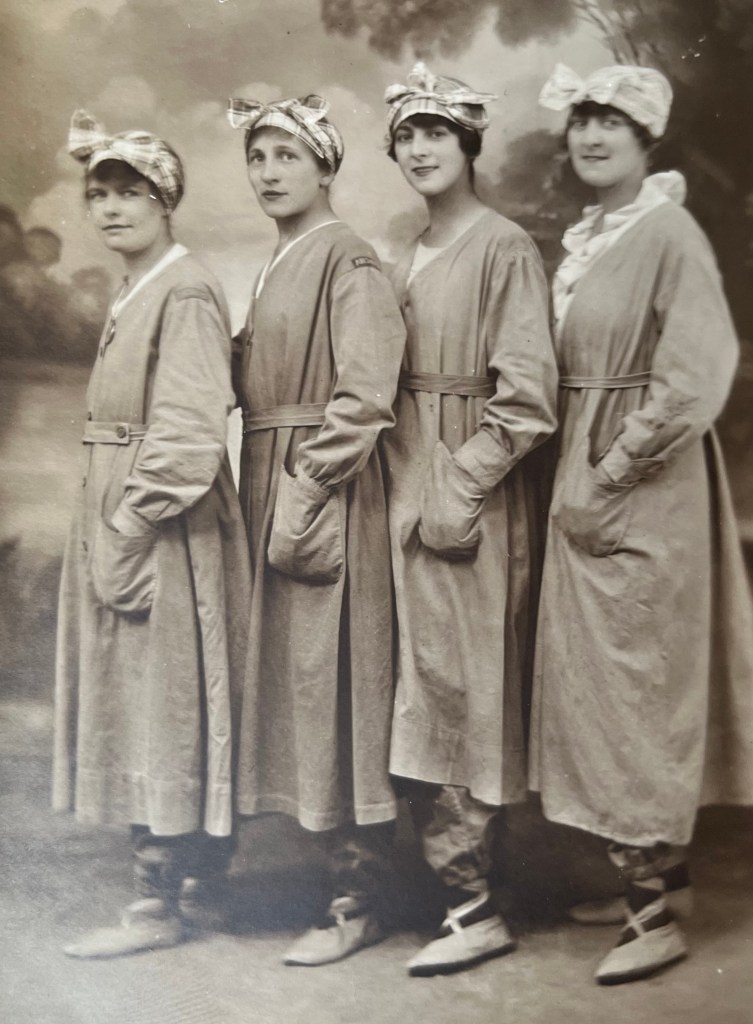
Figure 8: Picture of 4 munition workers taken in a photography studio in Blackpool. Orphan photograph. Author’s own collection.
As documented in my previous blog, Wounds of Honour? The Dangers of First World War Munition Work 8th May 2021, injuries and the dangers of munition work were frequent and serious; sometimes life changing. Miss Annie Rose and Miss Lily Smith were pictured in The Daily Record 27th August 1917 displaying their injuries, whilst Mabel Lethbridge lost a leg in an explosion whilst working at Hayes filling factory. May Byron managed to communicate the need for all to engage in the war effort, the exhausting nature of the work, the outward appearance of that involvement and the sense of urgency and seriousness required by the workers, but in a way that was amusing and comprehensible to children; helped along the way by the childlike and endearing illustrations of Chloe Preston’s artwork. Gillian Brown (2022) argues that children’s stories contain didactic tales that along with the illustrations compound familial, societal and generational expectations of behaviour and I would add appearance. From these images the expectation of morals, frugality, loyalty, duty and hard work are being visually conveyed to children and, most interesting in dress history terms, is the trope of a utilitarian overall being associated with these conventions.

Bibliography
- Brown, Gillian. “THE METAMORPHIC BOOK: CHILDREN’S PRINT CULTURE IN THE EIGHTEENTH CENTURY.” Eighteenth – Century Studies 39.3 (2006): 351,362,420. ProQuest. Web. 28 Apr. 2022.
- Byron, May, The Peek-a-Boos in War Time. Illustrated by Chloe Preston. London: Henry Frowde, Hodder and Staughton 1916, 1st edition.
- Chapman, Jane, Anna Hoyles, Andrew Kerr and Adam Sheriff, Comics and the World Wars: A Cultural Record. London: Palgrave Macmillan, 2015.
- Gullace, Nicoletta F.“White Feathers and Wounded Men: Female Patriotism and the Memory of the Great War”, The Journal of British Studies, (1997) 36:2, 178-206
- Health of Munitions Workers Committee. Industrial Health and Efficiency. Final Report. London: His Majesty’s Stationary Office, 1918. Print. Ministry of Munitions, National Archives, MUN 5/92
- Lethbridge, Mabel, Fortune Grass. London: Geoffrey Bless, 1934.
- Milne, Esther, Letters, Postcards, Email: Technologies of Presence. Abingdon: Routledge, 2010.
- Taylor, Lou, The Study of Dress History. Manchester: Manchester University Press, 2002.
- Taylor, James, Pack up your troubles: How Humorous Postcards Helped to Win World War 1. London: Conway, 2016.
- Voeltz, Richard. A., “The Antidote to ‘Khaki Fever? The Expansion of the British Girl Guides during the First World War.” Journal of Contemporary History, (1992) 27
- Woollacott, Angela, On her Their Lives Depend. Munitions Workers in the Great War. London: University of California Press, 1995.
- http://www.middlestreet.org/mshistory/fwcards.htm
- The Scotsman on Thursday 16th November 1916
- Newcastle Journal, 13th December 1918
- The Daily Record 27th August 1917
Notes:
Chloe Preston was a British author-illustrator born in 1887. She illustrated stories by May Byron and Tom Preston (her brother) notably those featuring the ‘Peek-a-Boos’ and the little wooden ‘Chunkies’. She also designed numerous postcards for Valentines and Raphael Tuck, soft toys for Farnells and nursery designs for Paragon. https://marchhousebookscom.blogspot.com/2012/10/chloe-preston-peek-boos.html


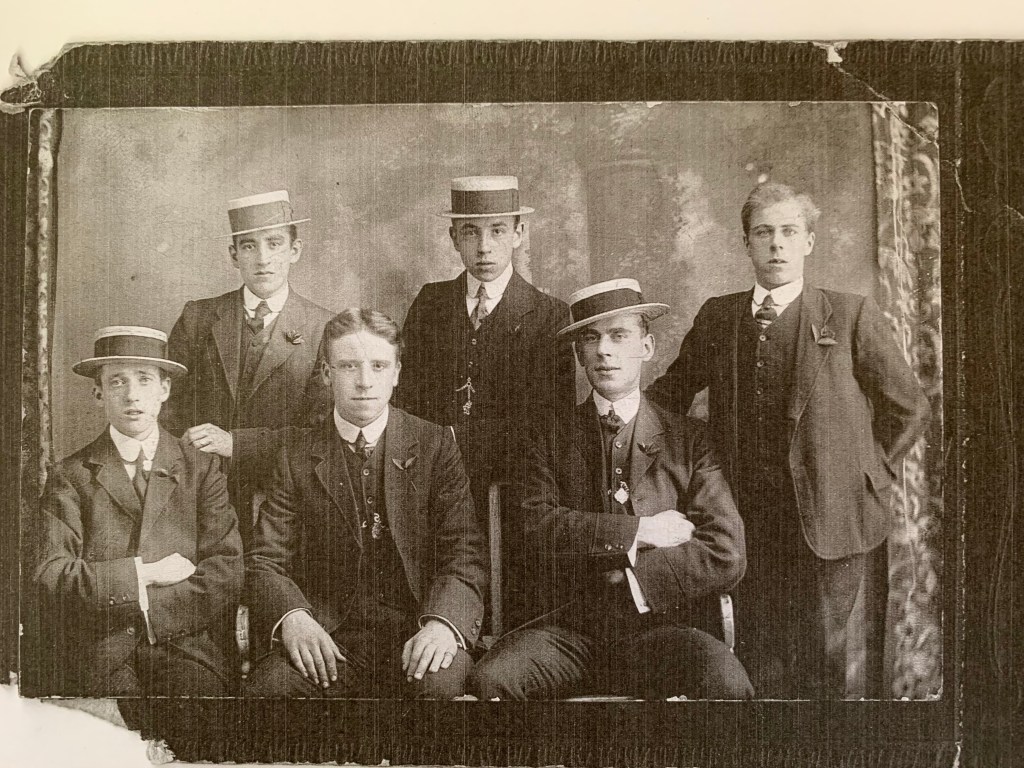
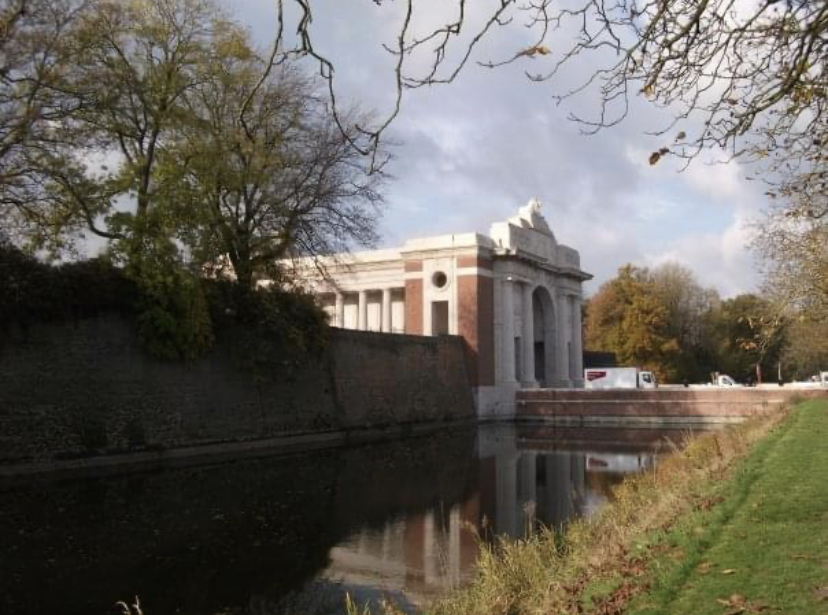
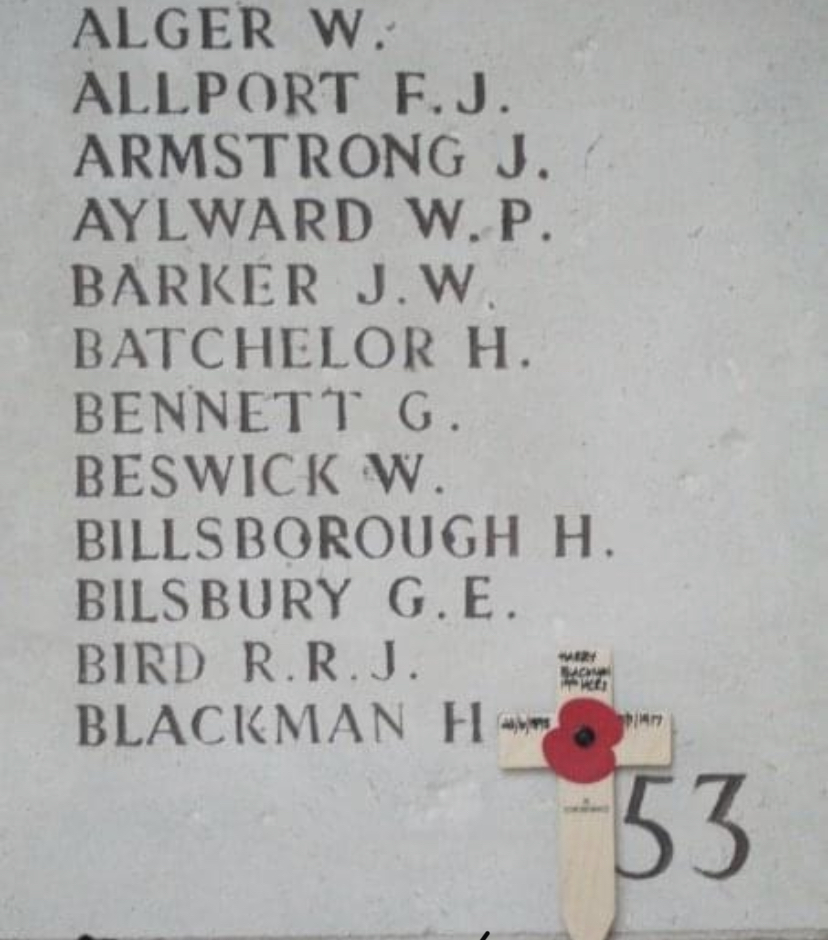

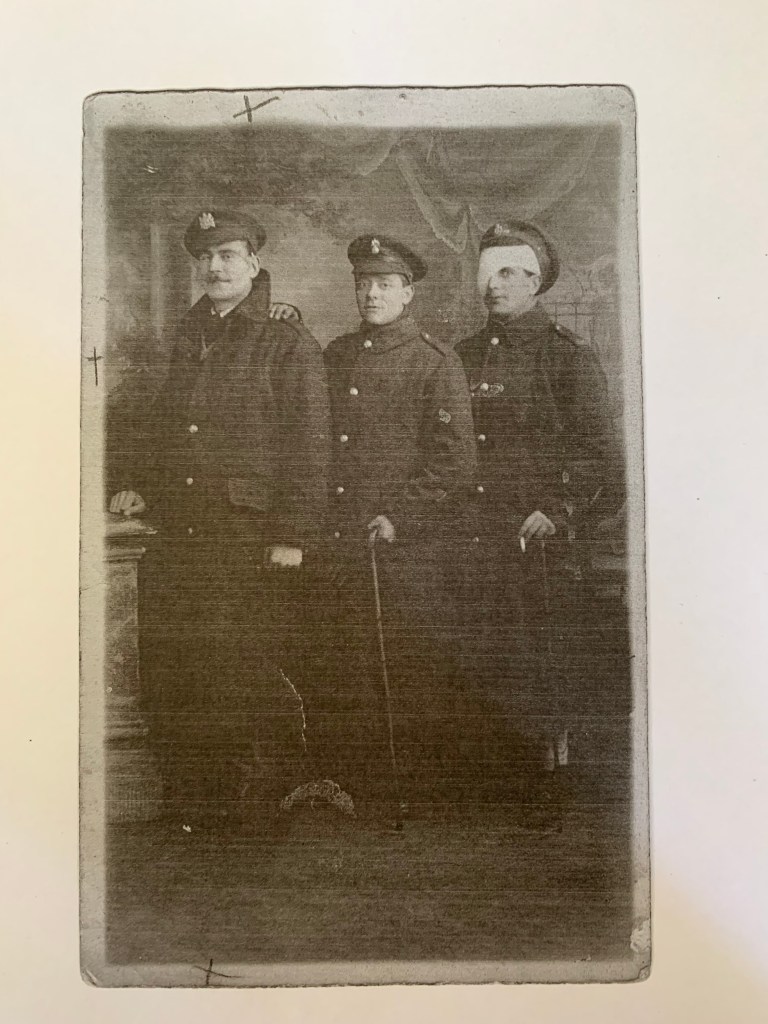

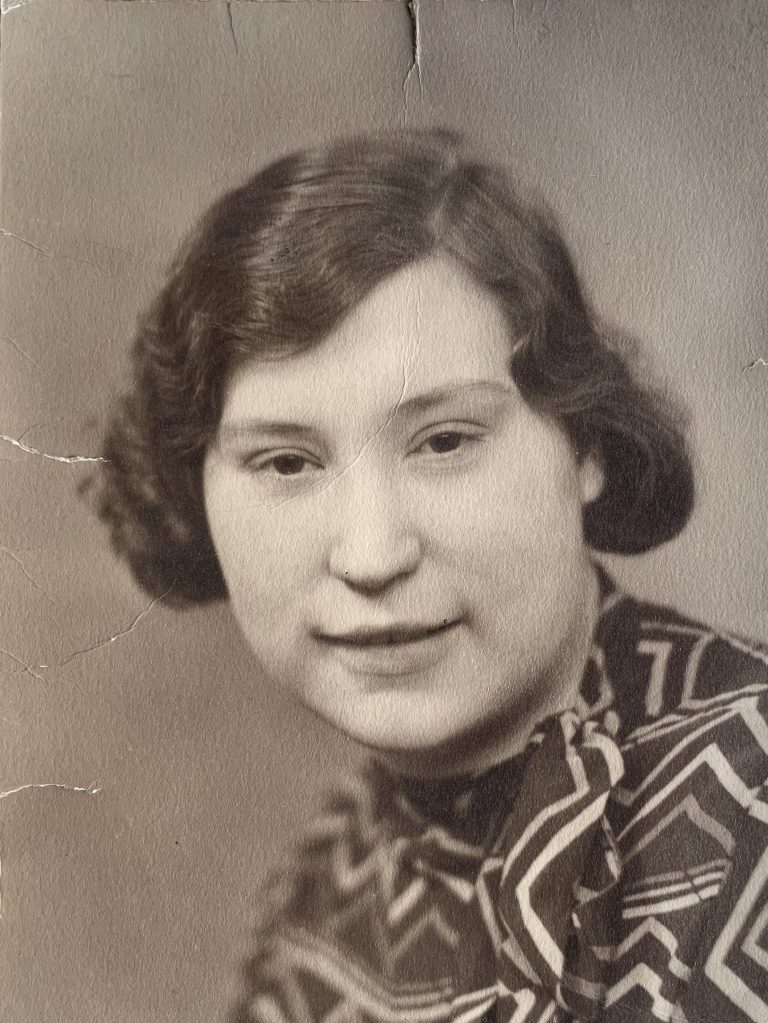



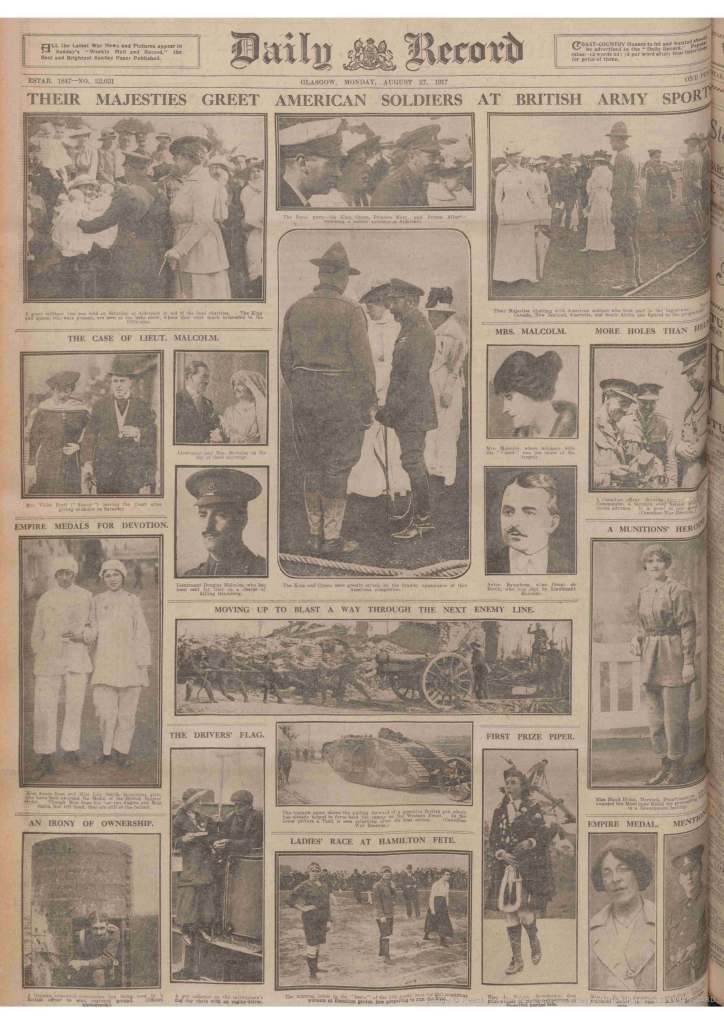
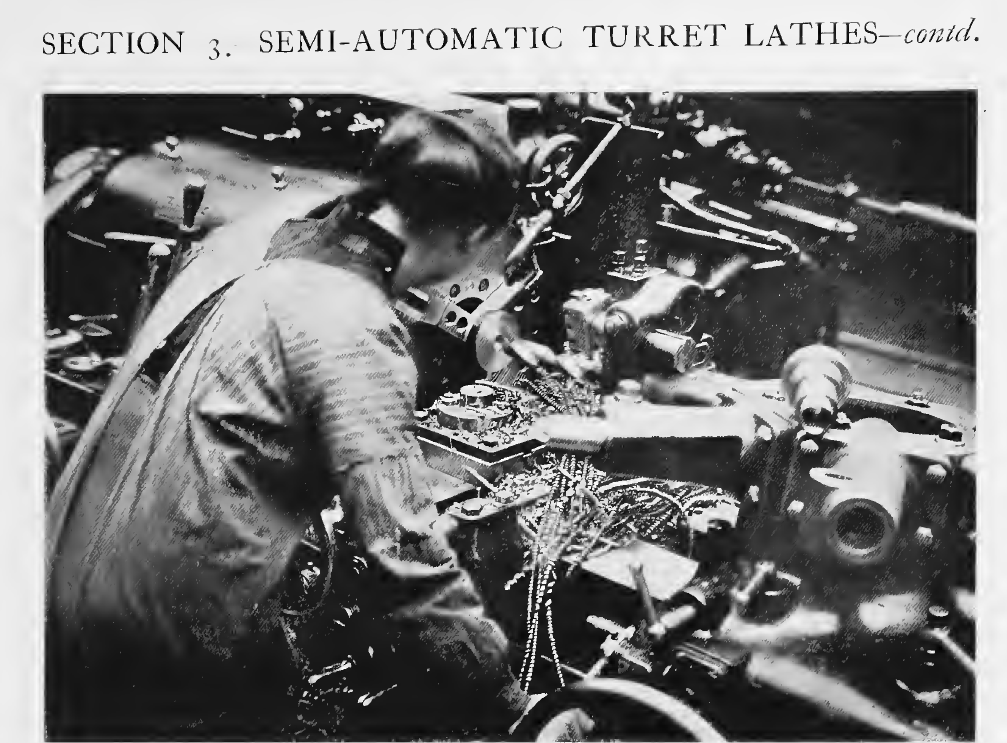

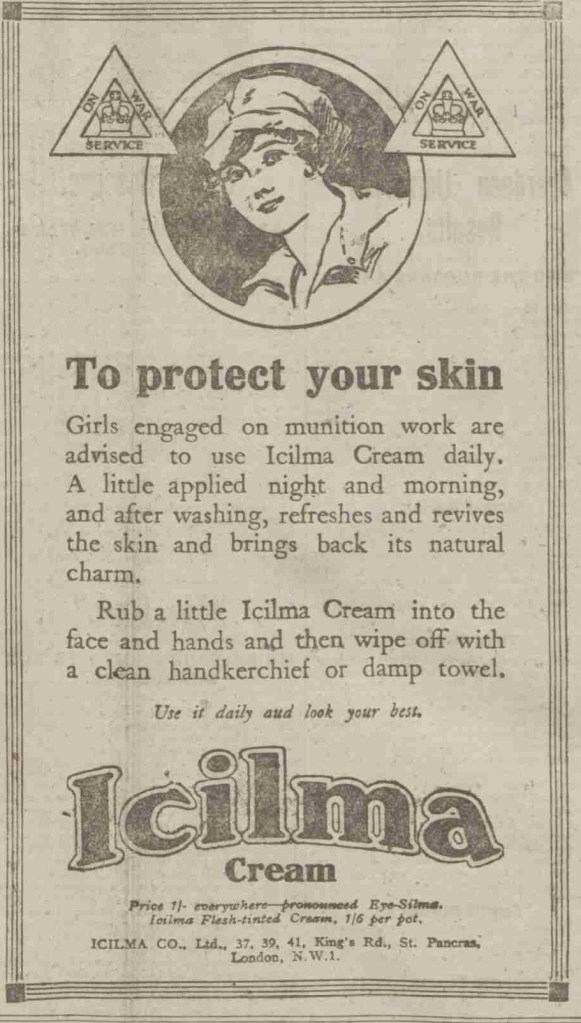

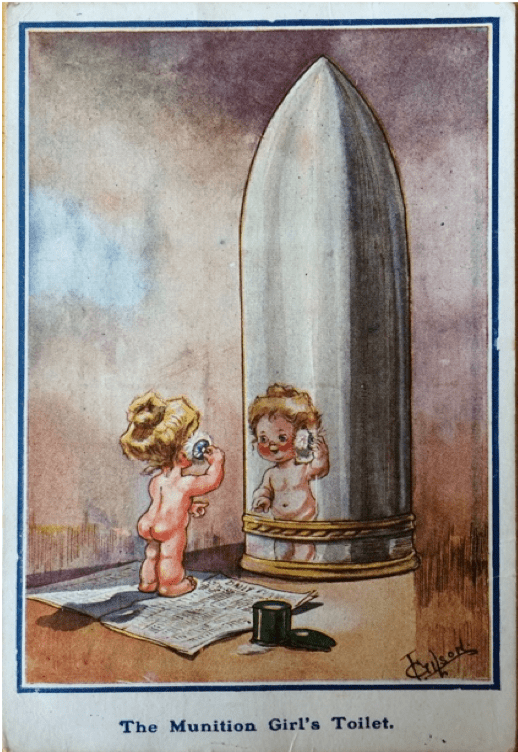
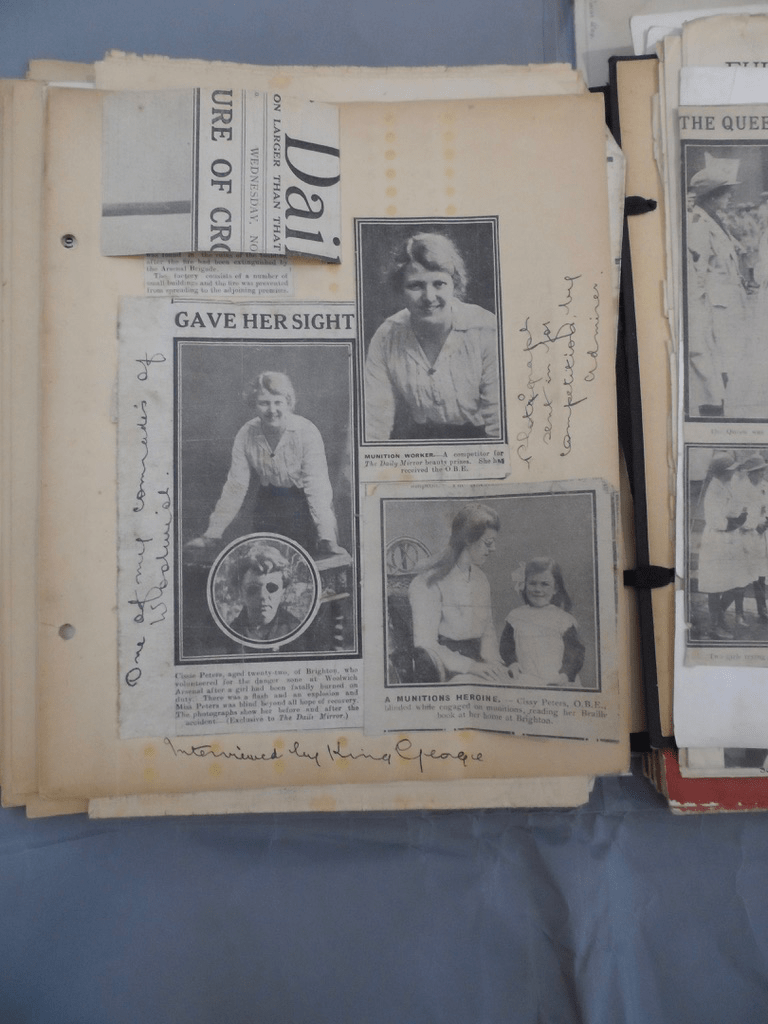
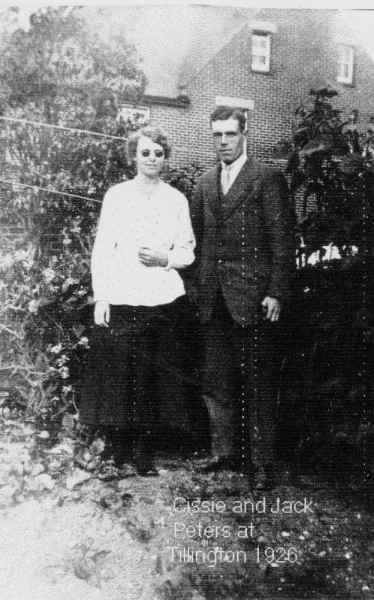
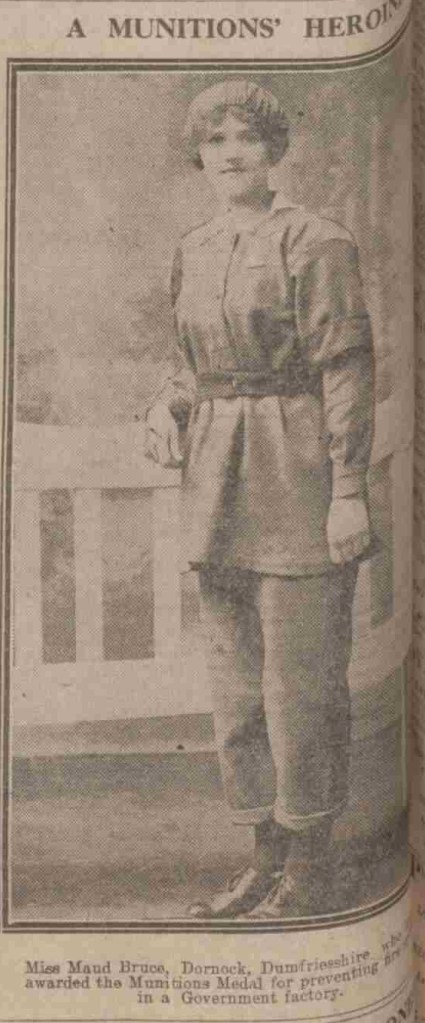



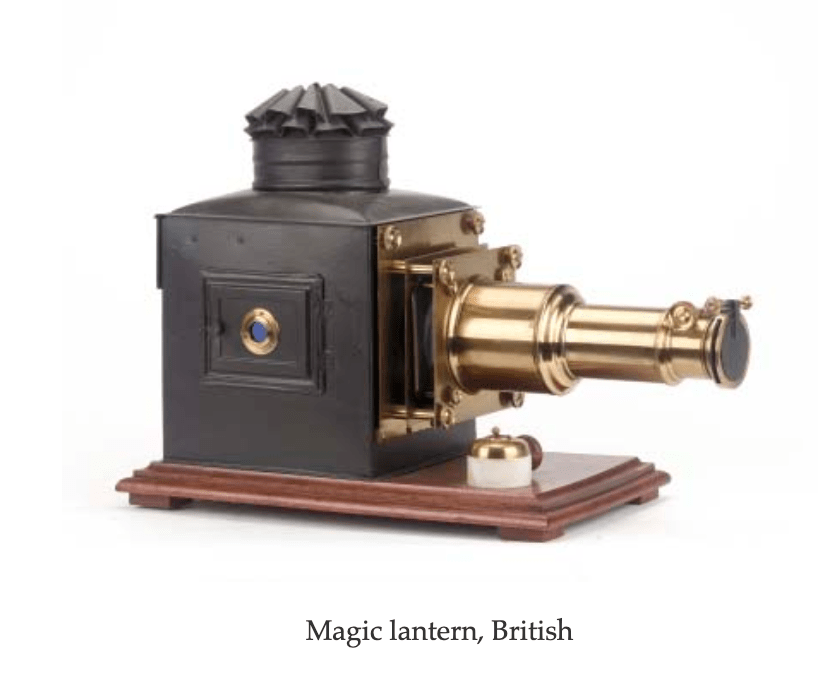

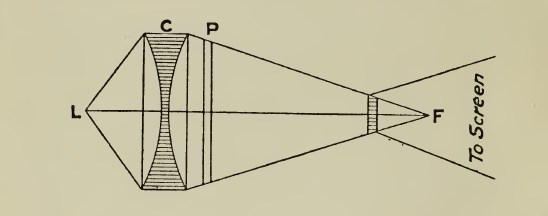

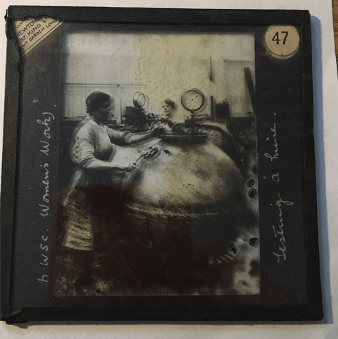

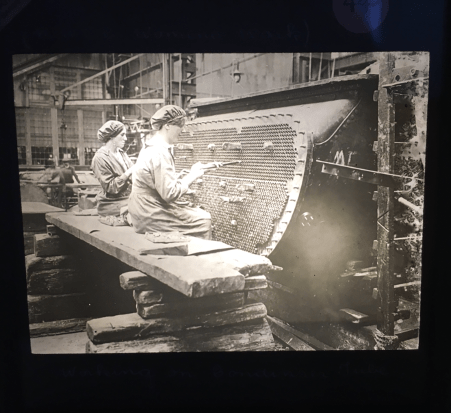
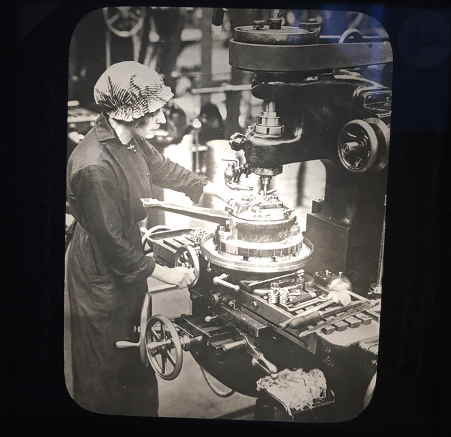

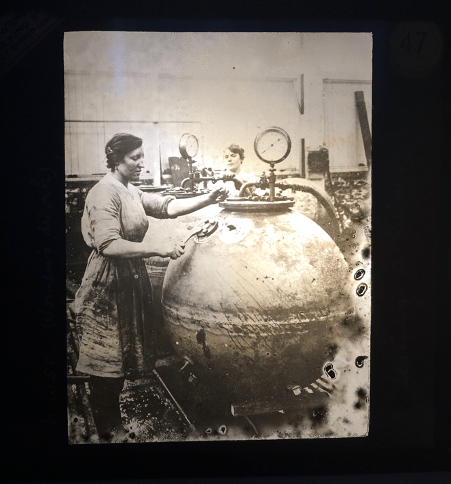




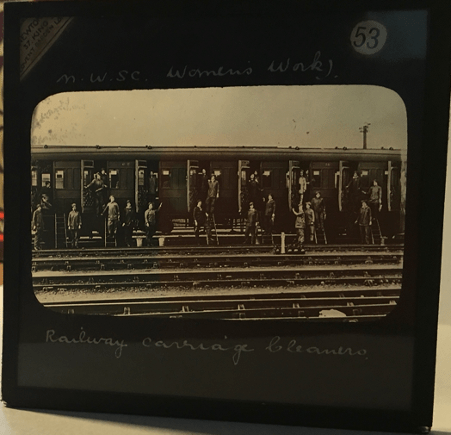
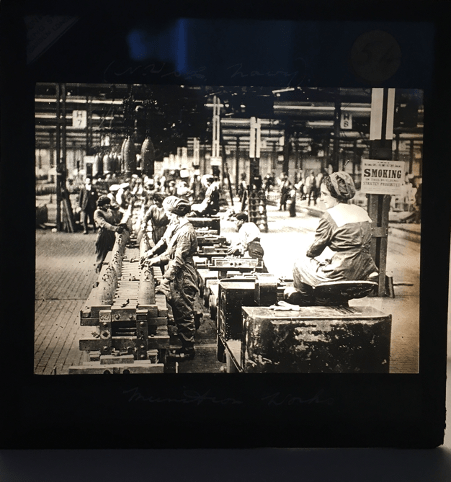
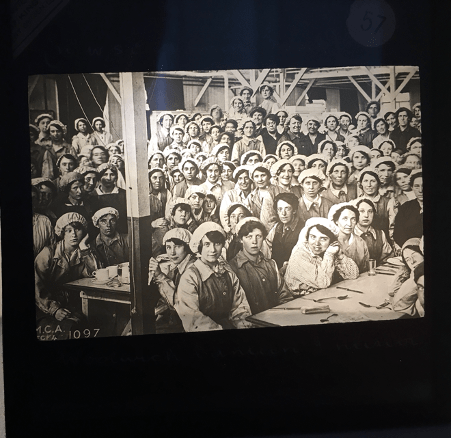
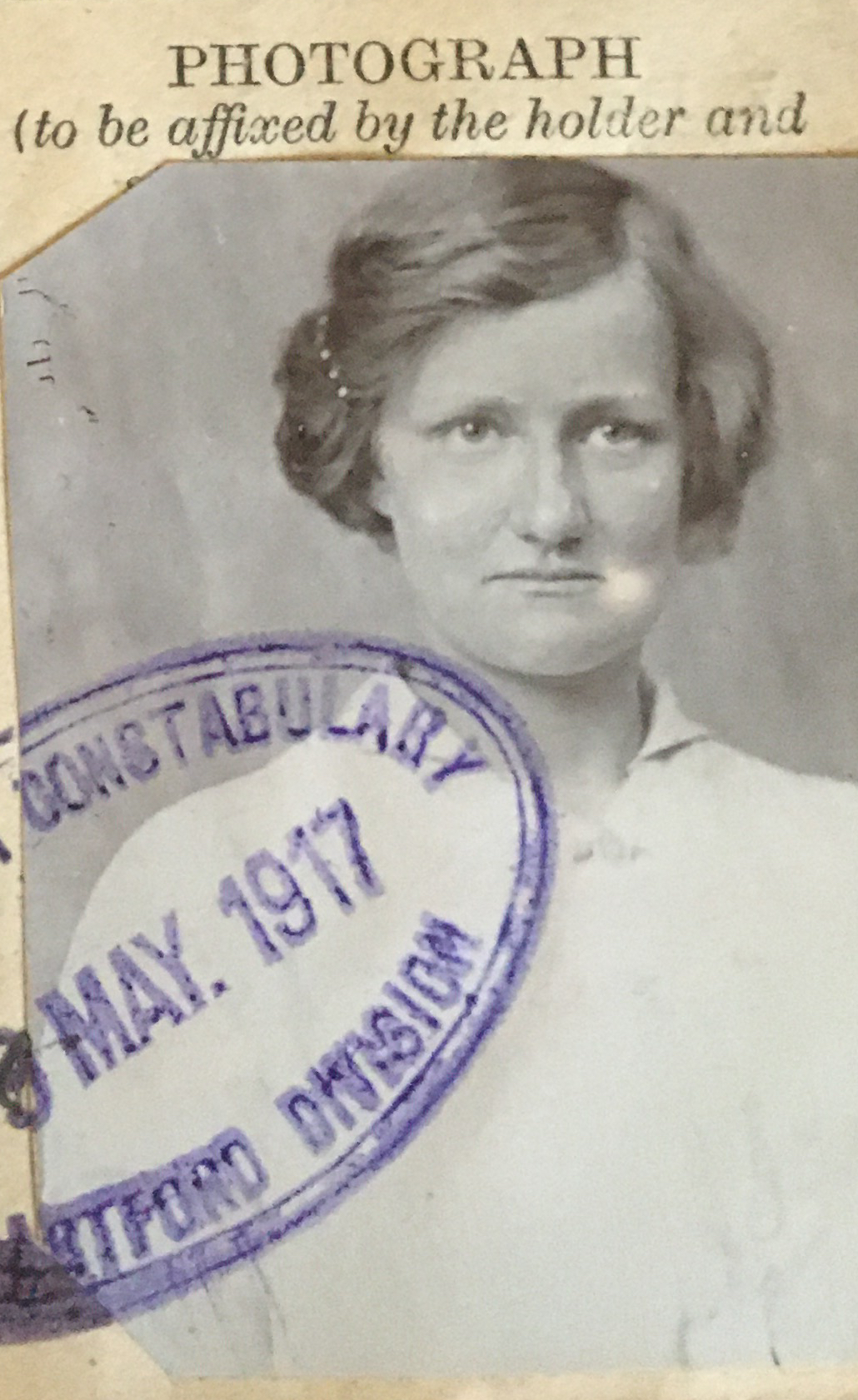

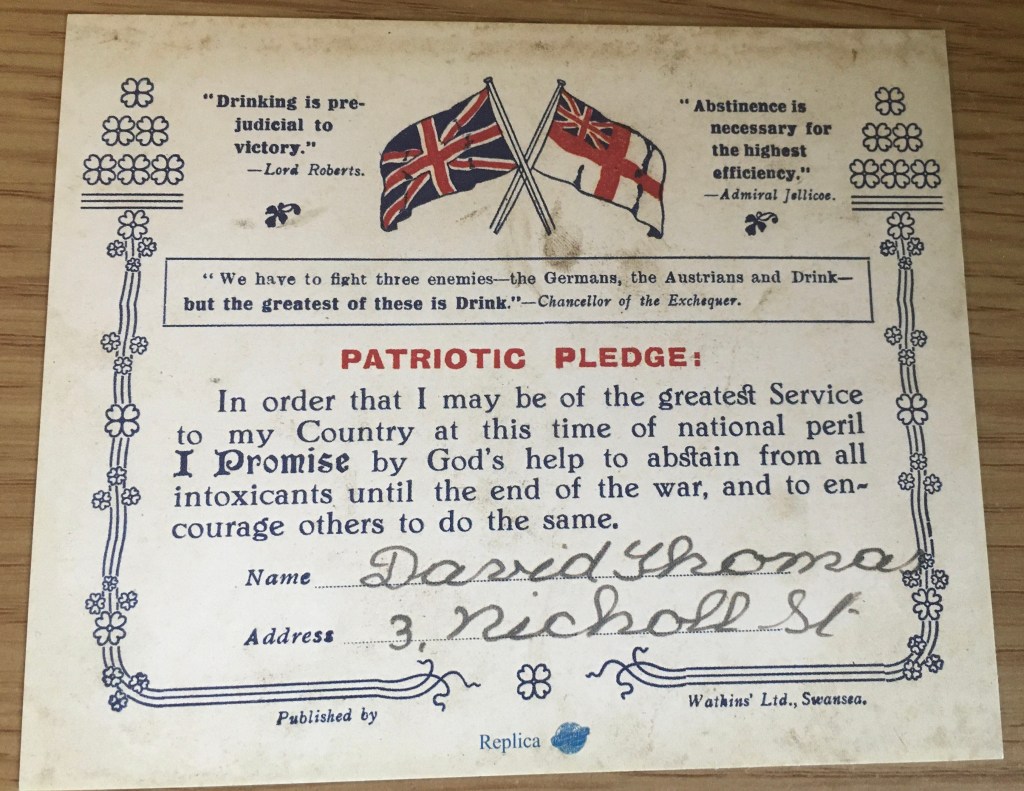
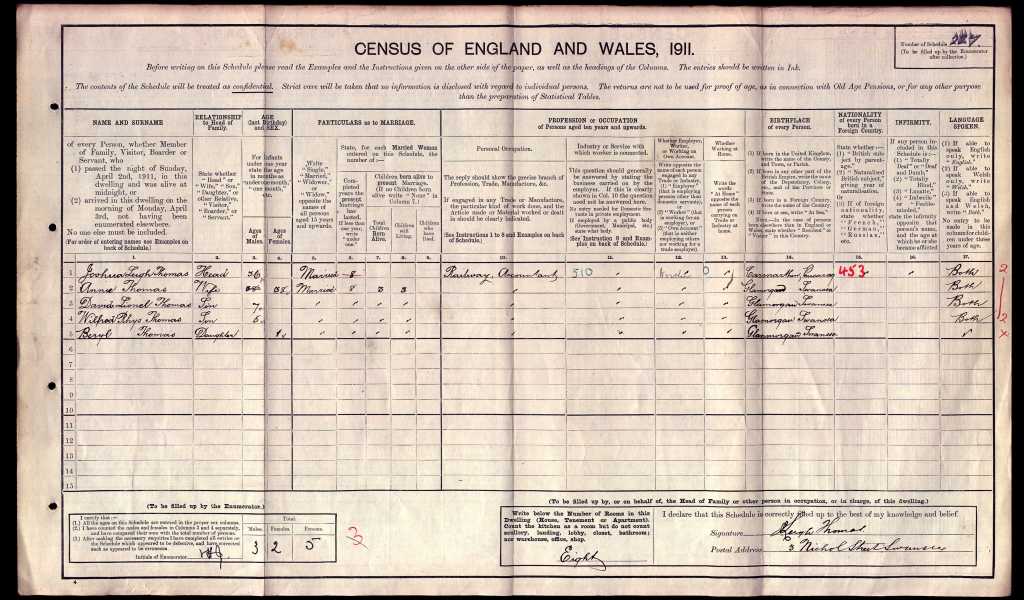
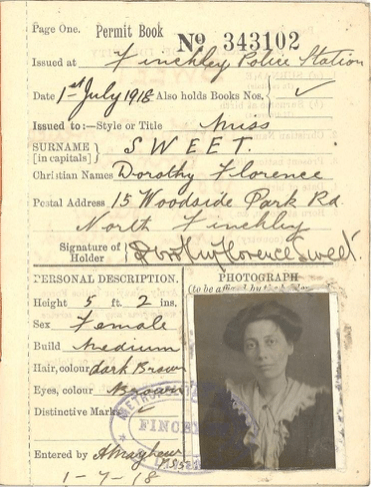
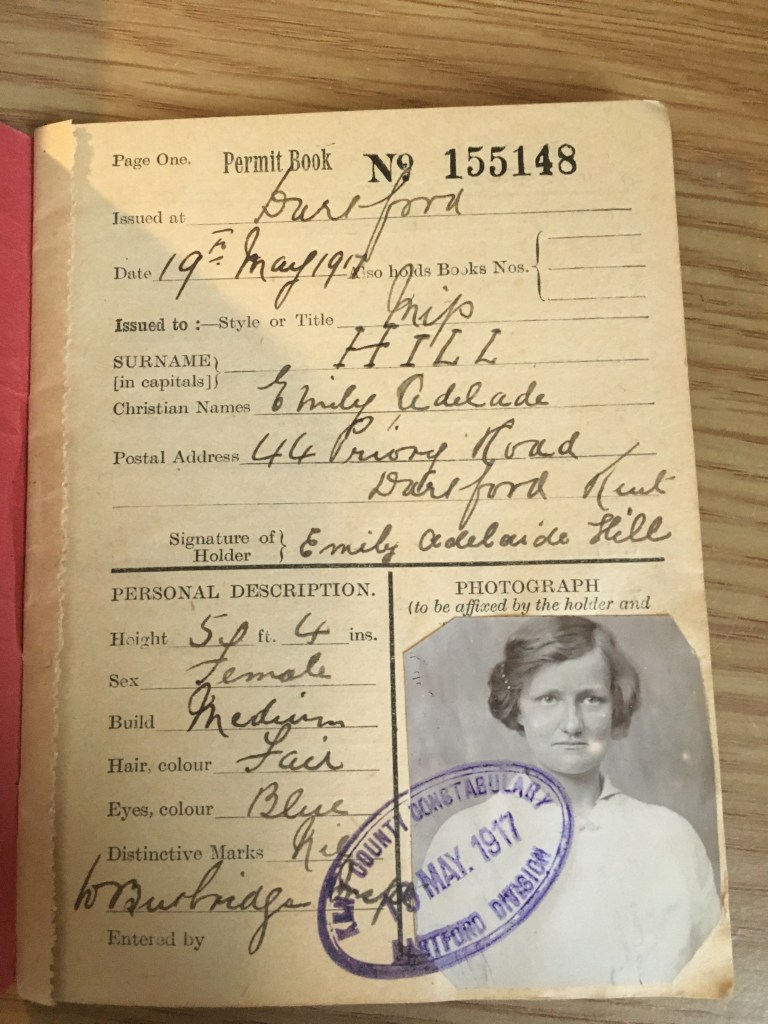
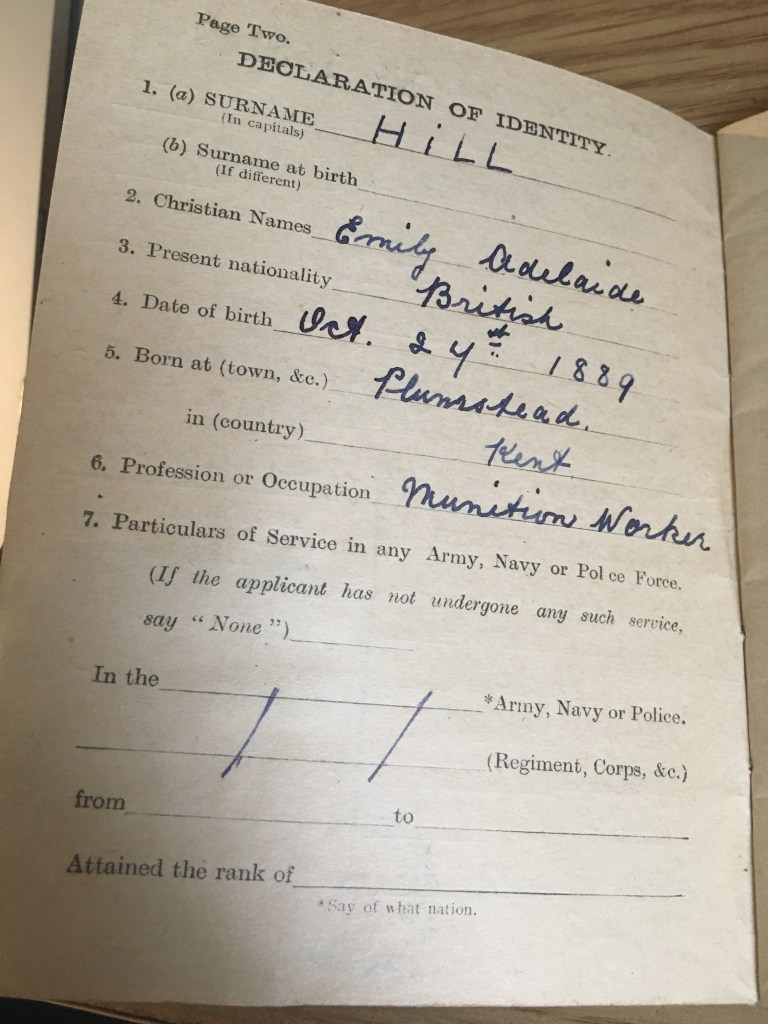
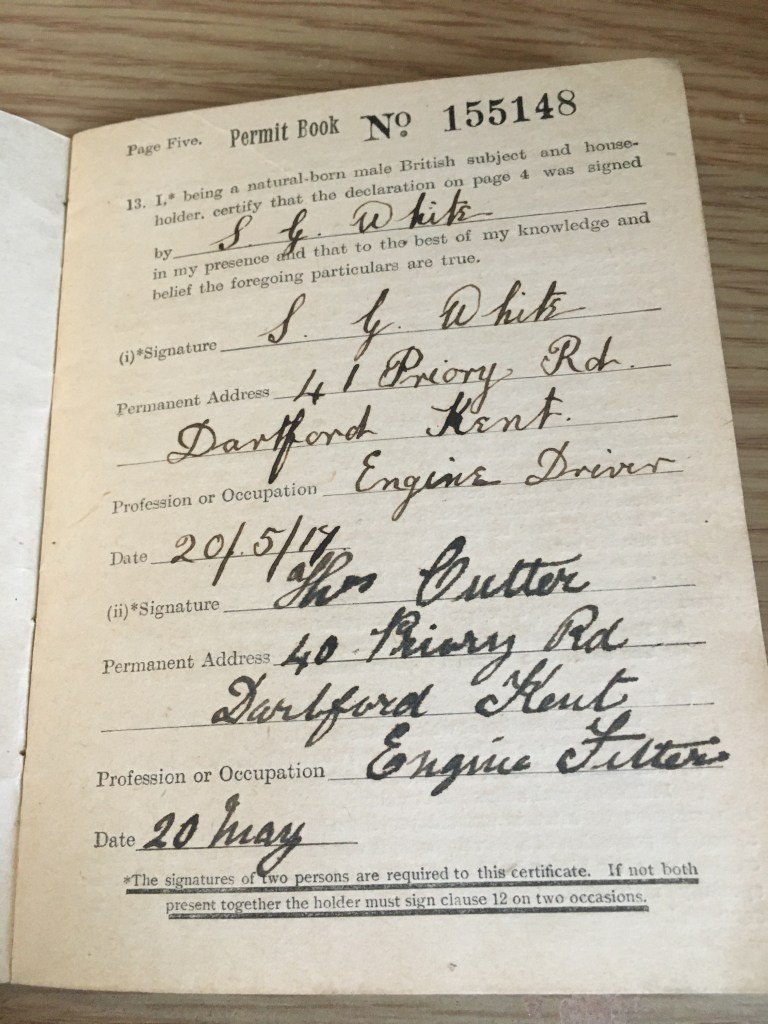
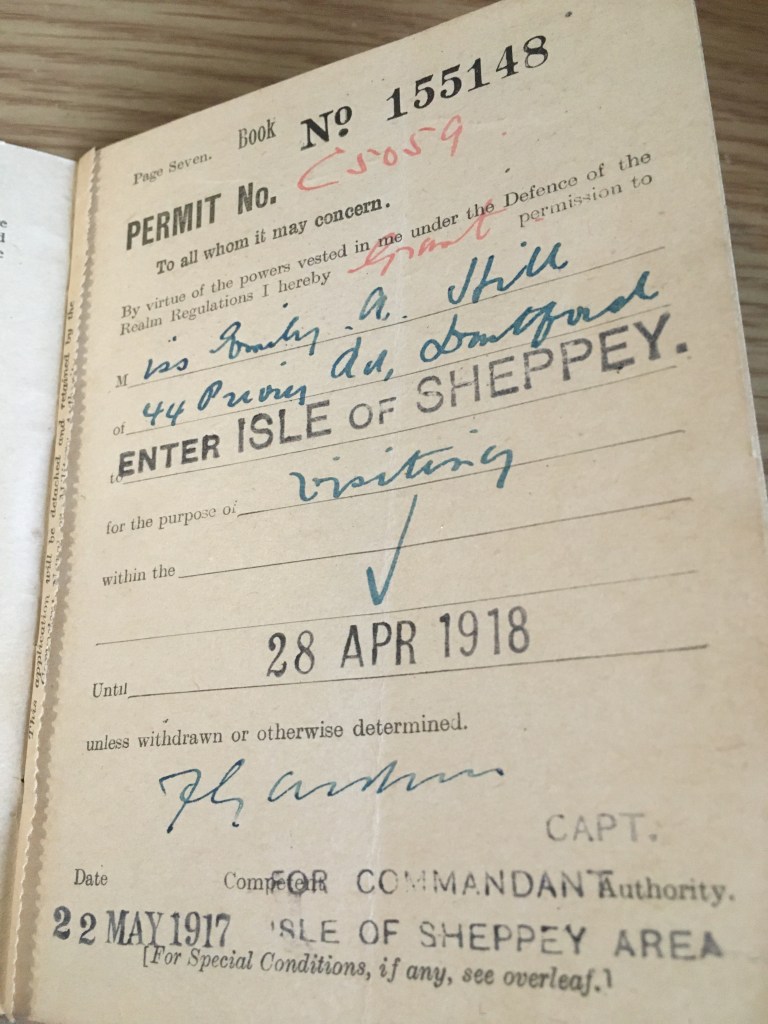

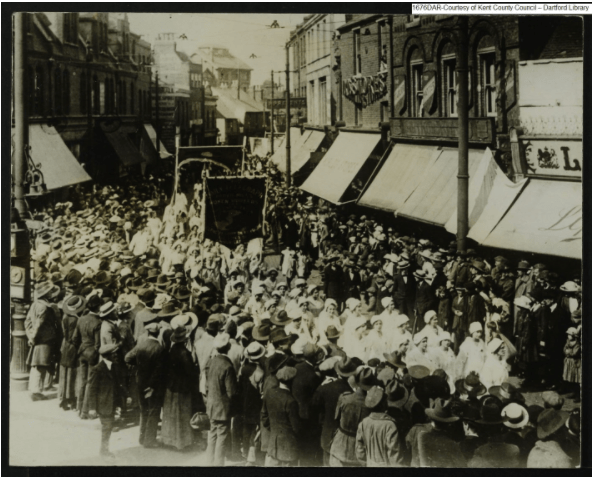
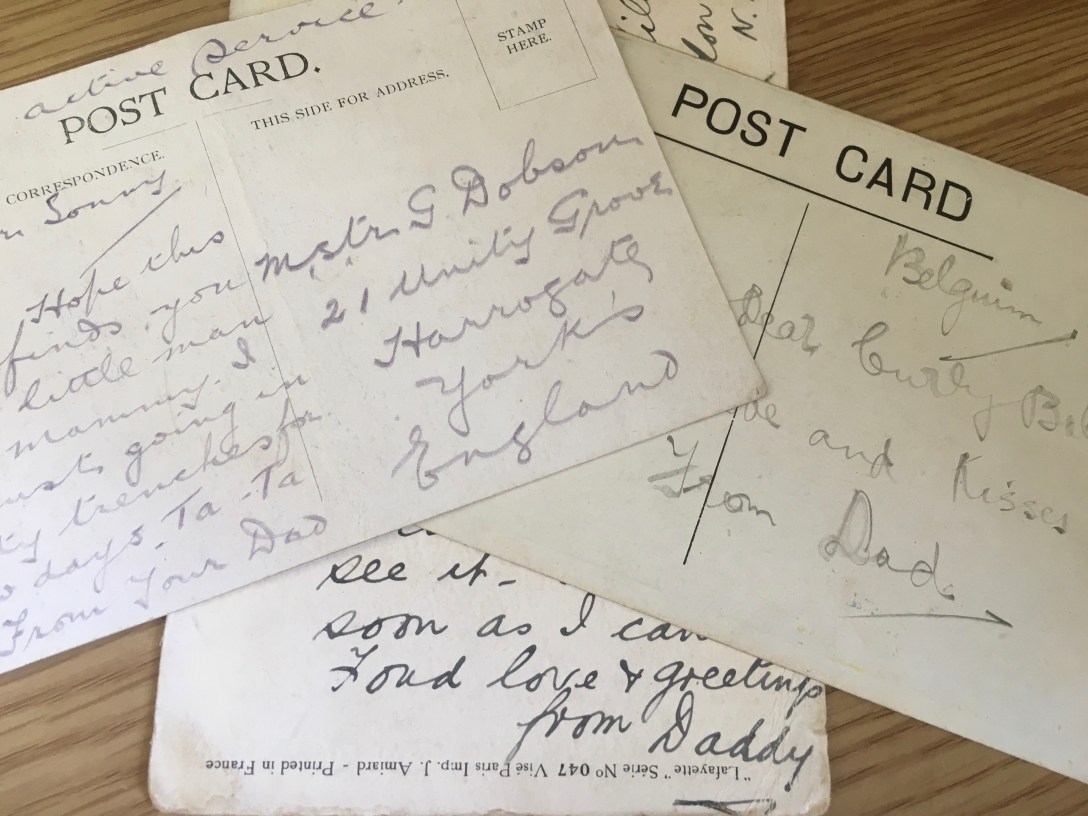


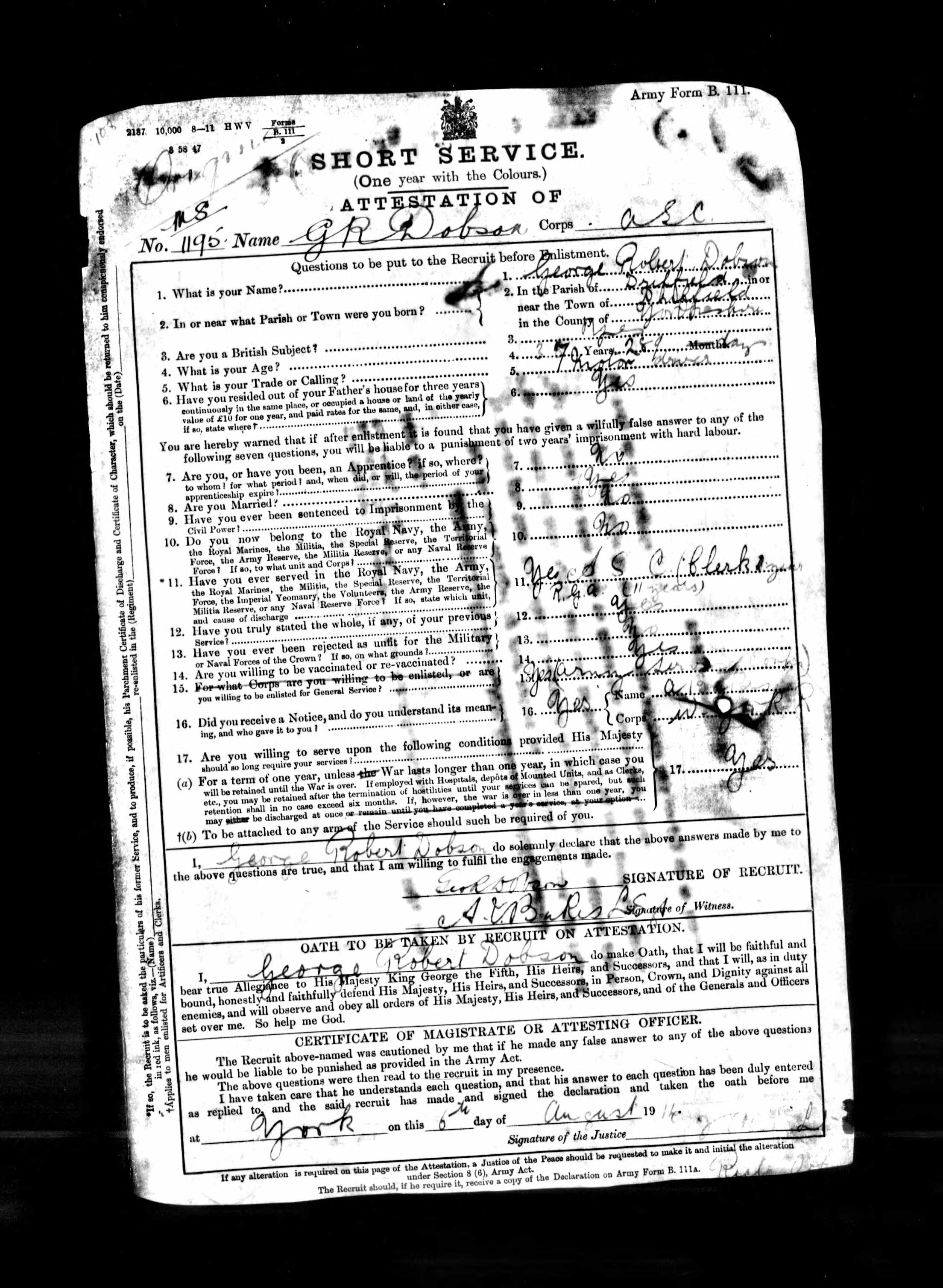
 It appears that he served in France and Gallipoli being awarded the British War Medal and the Victory Medal and rose through the ranks from Private to Warrant Officer Class 2.
It appears that he served in France and Gallipoli being awarded the British War Medal and the Victory Medal and rose through the ranks from Private to Warrant Officer Class 2. 
